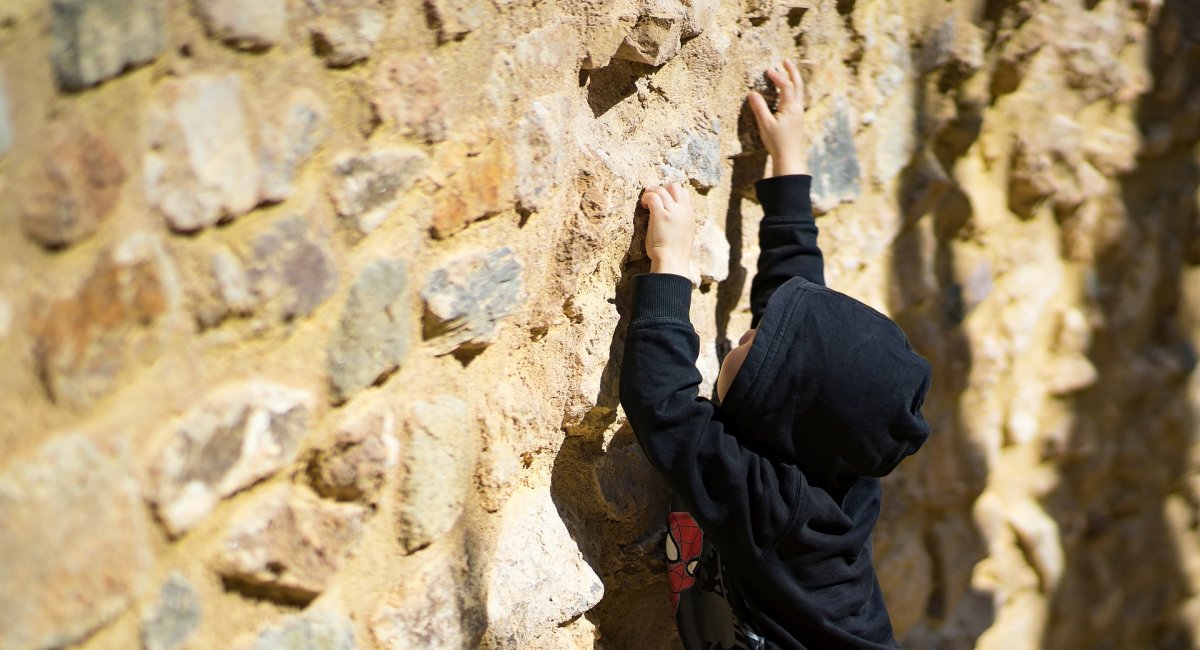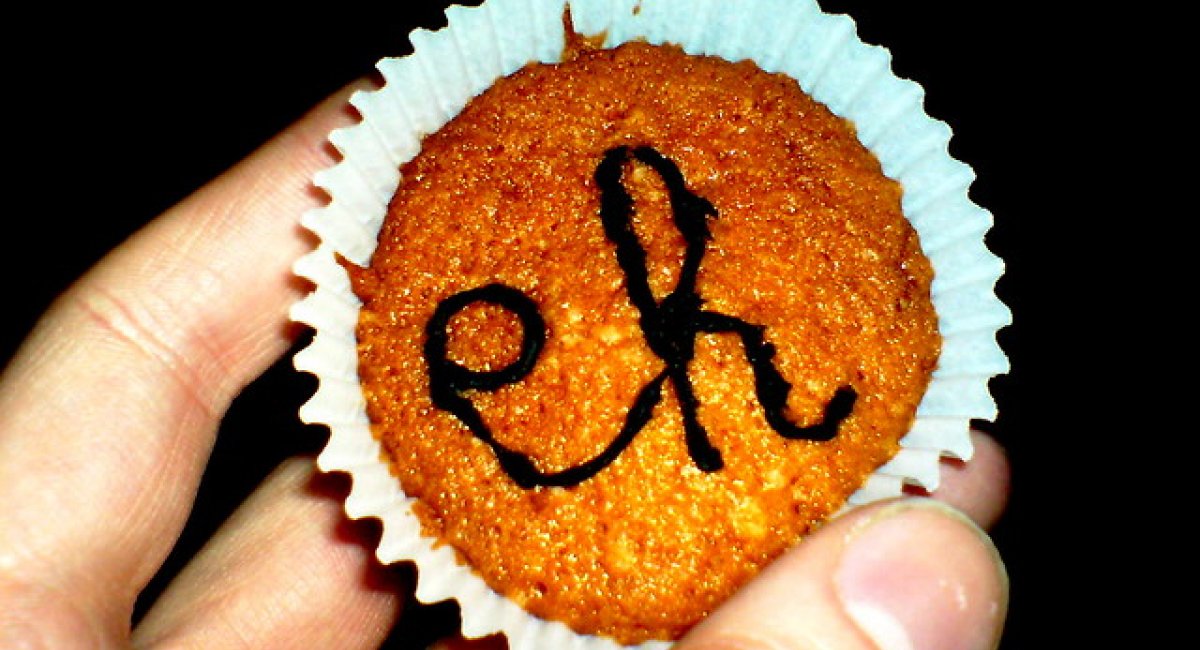
皆さまは「challenge」と「try」の違いを説明できますか? 実は「try to + verb」と「try + verb-ing」で意味が変わったり、「try」を名詞で使う事も出来ます。ブログを読んで使い方を理解し、レッスンなどの英語を話す場で「try」を使った文章に是非トライしてください!
A mistake that English language learners often make is to confuse the words "challenge" and "try". Last week, we looked at how to use the word "challenge". Now let's check out the word "try".
"Try" as a verb means to attempt something, but the grammar you use it with will affect the nuance.
Try + verb-ing means either that you are doing it for the first time or that you are going to make an extra effort.
I went on vacation and tried snorkeling for the first time. It was fun.
On the other hand, try to + verb means that you think the action is difficult. You don't know if the person will succeed.
I'm going to try to get all my work done by 5:00 so I can get home in time for supper.
Try can be a noun which means an attempt at something.
I wasn’t planning on running the half marathon, but my dad said, "Give it a try!"
The phrase "give [something] a try" is a common collocation in English. Can you tell what it means from the example above? Give it a try!
Other less common phrases that mean the same thing are, "Give it a whirl" and "Have a go at [something]" It means to do something in order to see what happens, or to find out if it's good or useful.
"I've never eaten octopus and I don't know if I'll like it, but I'll give it a try."
Another collocation with "try" is "worth a try". In this case, you're talking about something that might not work or happen but that should be attempted anyway.
I probably won't get the job, but I'll apply anyway. It's worth a try.
Now that you know how to use the word "try" as a noun and a verb, try to remember a time when you weren't sure you would succeed at something, then try writing a few sentences about it. I bet you can do it in one try.





